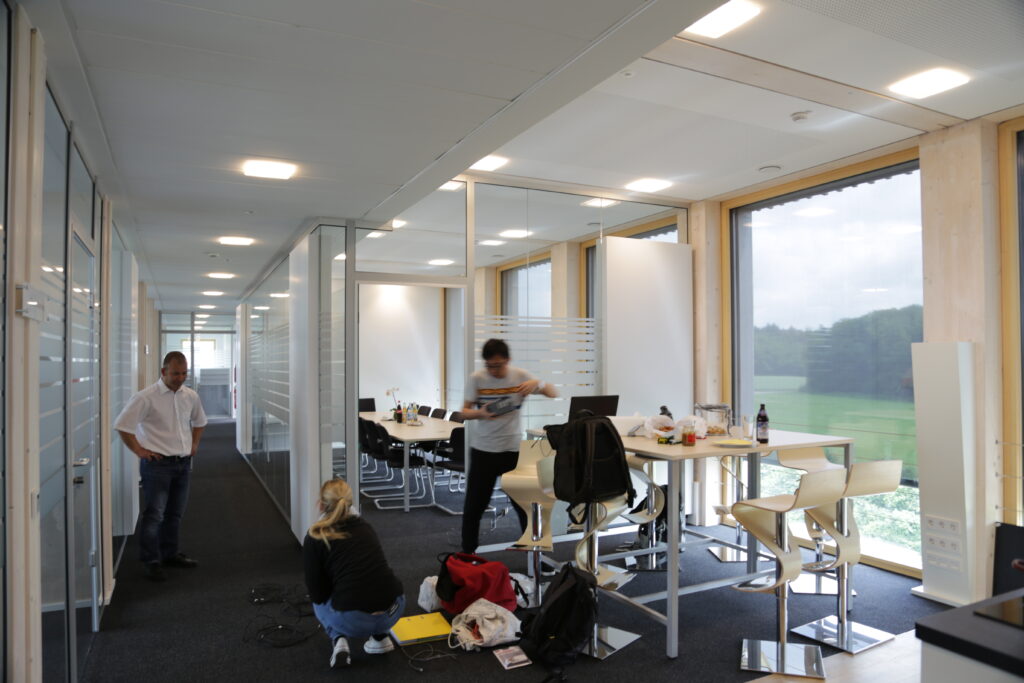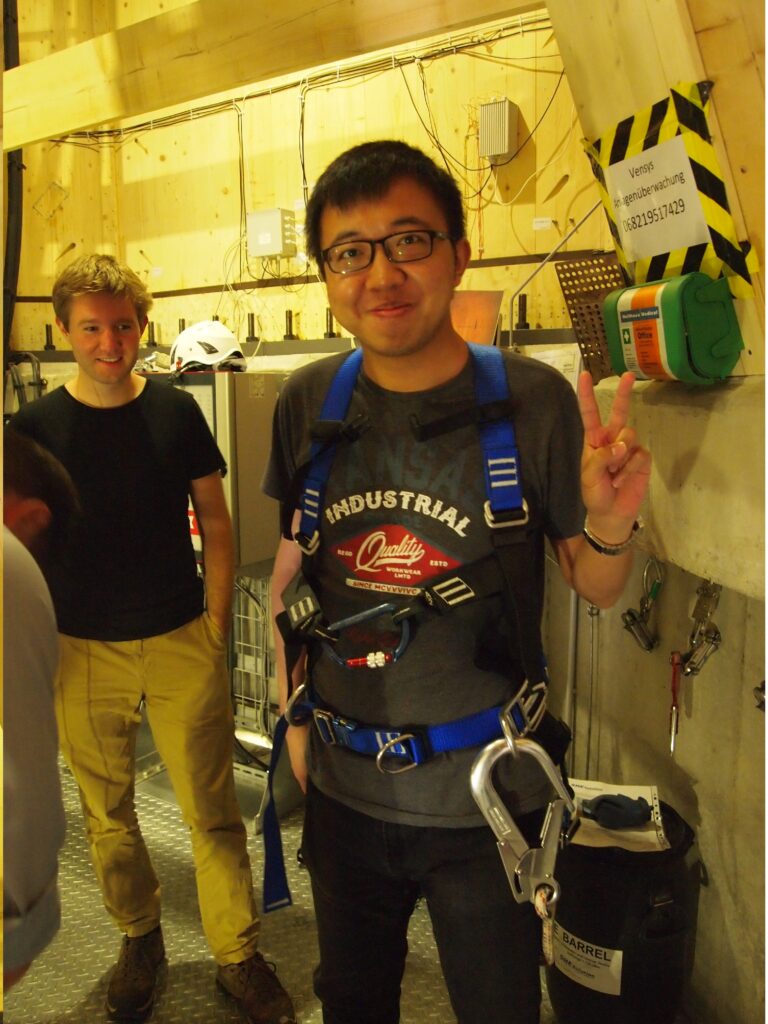
Haoyu is currently leading a team to investigate the following themes: (1) bio-based material constructions in response to natural disasters (such as earthquake); (2) and wind/human induced vibration; (3) innovative use of bio-based materials and new technologies (such as smart materials and structures); and (4) structural vibration control. His research method involves combined analytical and experimental approaches. His research activities are also featured by multi-disciplinary collaborations, this can be evidenced by many of his publications. The key research is shown below:
Timber Floor Vibration
Haoyu was PI for two projects on Floor Dynamic Research funded by: the ‘National Natural Science Foundation of China’ (No. 51908007) and the ‘Beijing Municipal Education Commission’ (No. KM201910005021). In these projects, he has investigated the potential of timber for modern construction for long-span floors by addressing vibration serviceability issues through energy dissipation systems. Haoyu has published two journal papers and one conference paper on this topic.
Furthermore, he has led three additional projects funded by the ‘Key Laboratory of Urban and Engineering Safety and Disaster Reduction of Ministry of Education of China’ and the ‘Research Foundation at Beijing University of Technology’. These projects aimed to investigate the impact of boundary conditions on timber floor vibrations and develop a prediction method for human-induced vibration on cross-laminated timber floors under multi-person loadings. Haoyu is the lead author of three journal papers and one conference paper related to these projects. He also served as the principal editor of ‘Chapter 7 Serviceability Design’ in ‘Standard of Timber-Concrete Composite Structures’ published by the China Association for Engineering Construction Standardization.
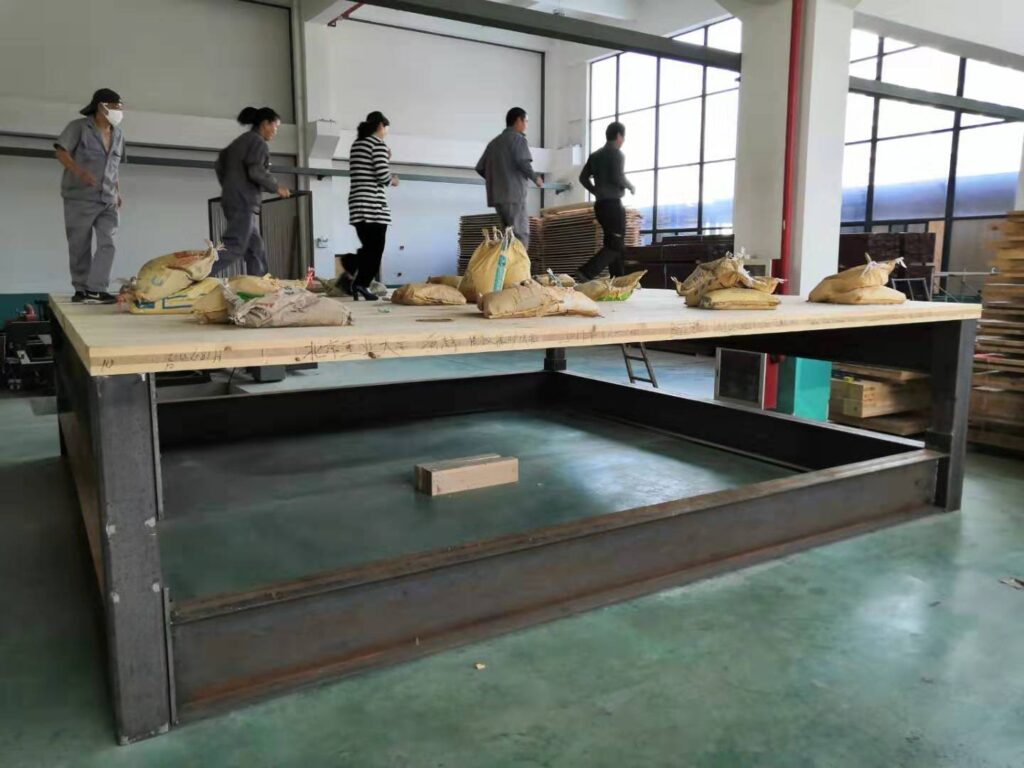
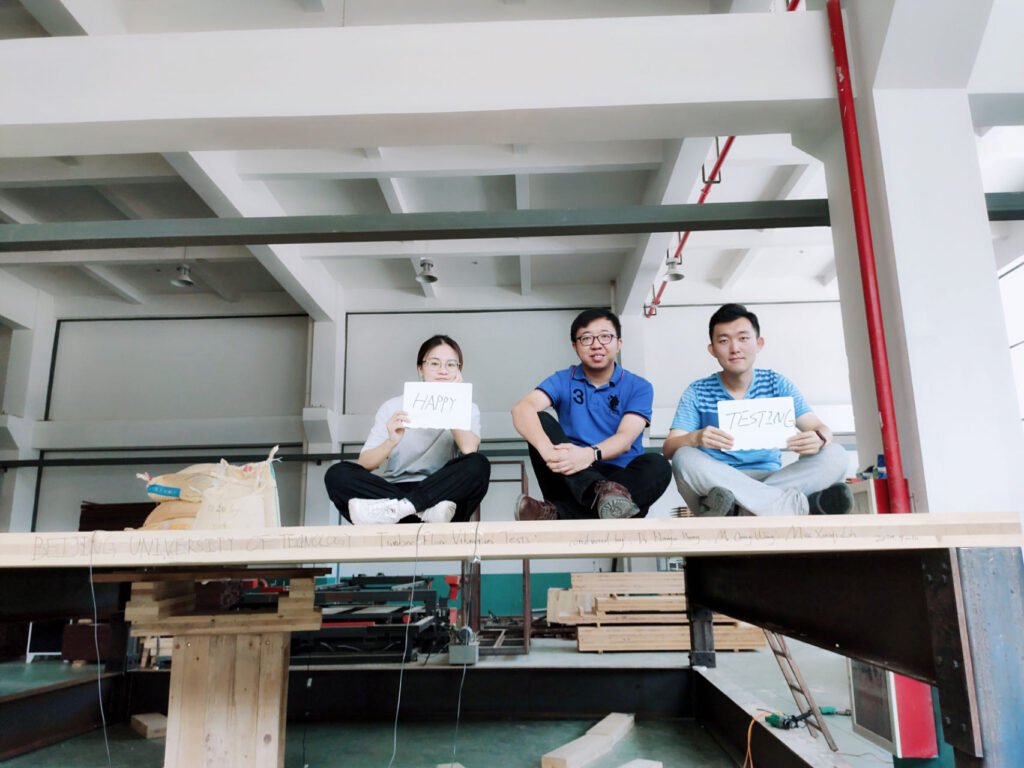
Challenge to Current Vibration Acceptability Criteria
Haoyu has conducted a pilot study challenging the current vibration acceptability criteria. This research has conducted floor vibration perception tests using 30 participants for two environments. The correlation between the participants’ annoyance rating from questionnaire and serviceability indicators was compared with existing standards, and it revealed that the current limit values in BS 6472-1:2008 and ISO 10137:2007 are too conservative for floors in both environments. The study also demonstrated that the environments can influence people’s expectations of floor vibration, which can impact serviceability evaluation. These findings were published in the journal paper.
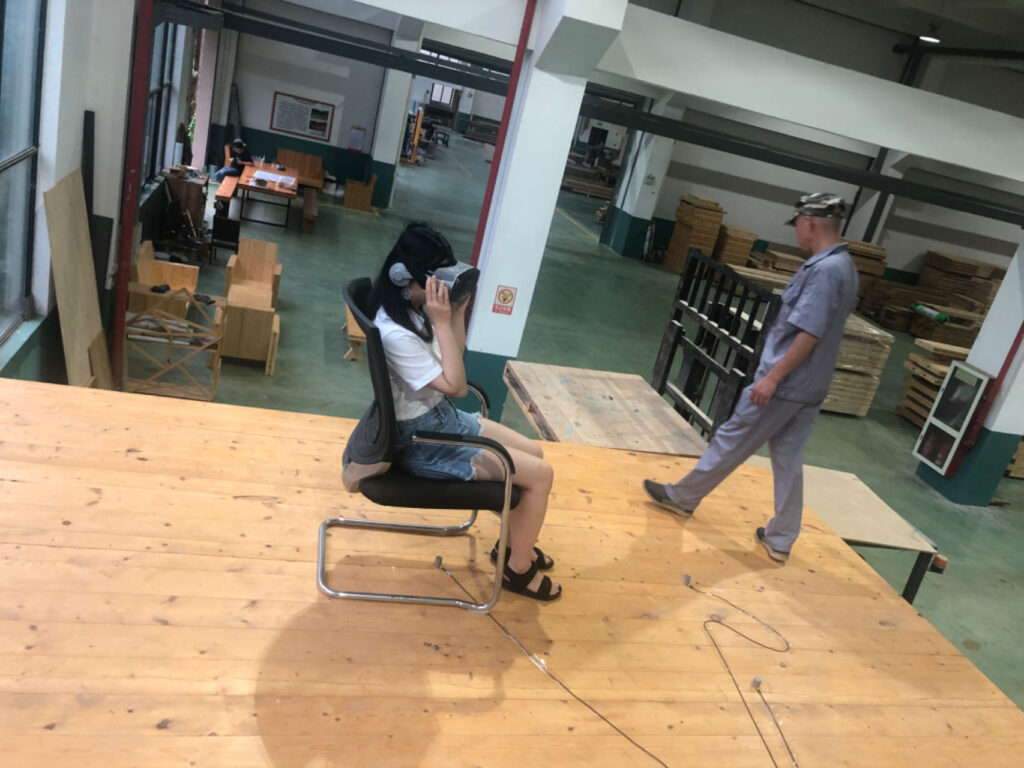
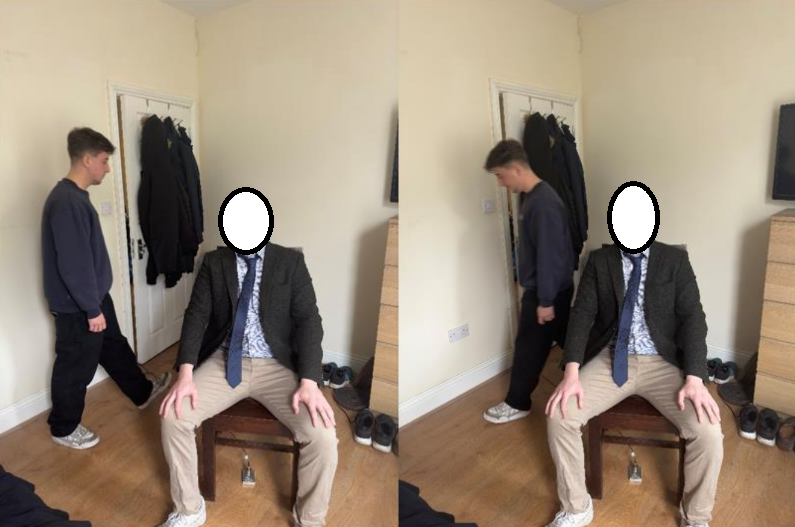
Shape Memory Alloy-Based Tuned Mass Damper
As a vibration control technique, tuned mass damper (TMD) system has been shown to be effective in reducing the human-induced vibration of a cross laminated timber (CLT) floor. However, the light-weight property of such a floor means there could be off-tuning when its mass varies. This study therefore developed a shape memory alloy (SMA)-based MTMD system to reduce human-induced vibration of the CLT floor. When the loads on the CLT floor changed, the SMA-based 5-TMDs exhibited high robustness and was able to maintain the response at a low level.

CLT structures can be susceptible to excessive vibrations during earthquakes. While TMDs can be used to control these vibrations in CLT structures, their effectiveness can be reduced due to the lightweight nature of CLT and changes in its structural mass or deterioration of the wood. To address this issue, this research proposes the use of shape memory alloy-based semi-active tuned mass dampers (SMA-STMDs) for controlling vibrations in CLT structures. This study includes the design and experimental testing of a full-scale, novel spring-pendulum combined SMA-STMD system, which utilises the mechanical properties of SMAs that change with temperature to achieve semi-active control. Finite element method simulations demonstrate that the proposed SMA-STMD system can effectively reduce structural seismic vibrations in CLT structure. By adjusting the SMA temperature, the SMA-STMD system can effectively address the issue of TMD system off-tuning caused by changes in the CLT structural properties. Overall, the proposed SMA-STMD system offers a promising solution for seismic control in CLT structures and has the potential to promote the development of CLT structures.


Seismic Resilience Timber Connection
This study investigates a novel timber dowel-type connection system using superelastic shape memory alloy (SMA) bar and tubes as dowels, in order to provide self-centering effect. Double-shear connections with SMA and mild steel dowels were tested under dynamic loadings at different displacement levels. The results showed that SMA dowel-type connections have good self-centering behaviours and can mitigate the residual deformation effectively compared with steel dowel-type connections after excessive deformation, although the steel dowel-type connections present higher strength.

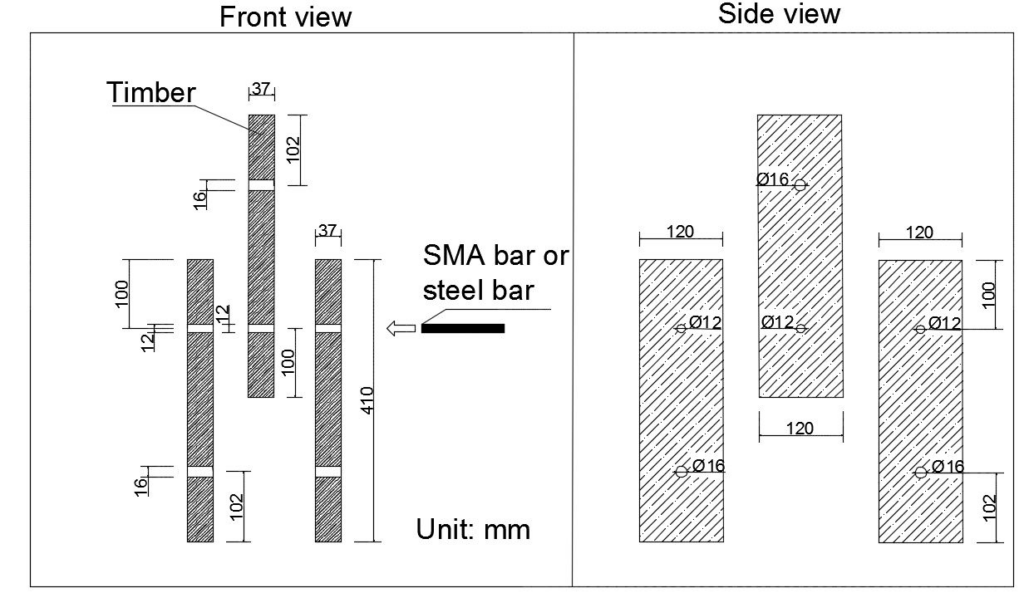
Wind-induced Vibration of Tall Timber Structures
Haoyu was sponsored by ARUP and won a Short Term Scientific Mission of COST Action FP1402 to measure tall timber structure vibration across Europe. The measurement results are important to determine the dynamic properties and damping capacity of the tall timber structures, and can facilitate the industry for designing.
